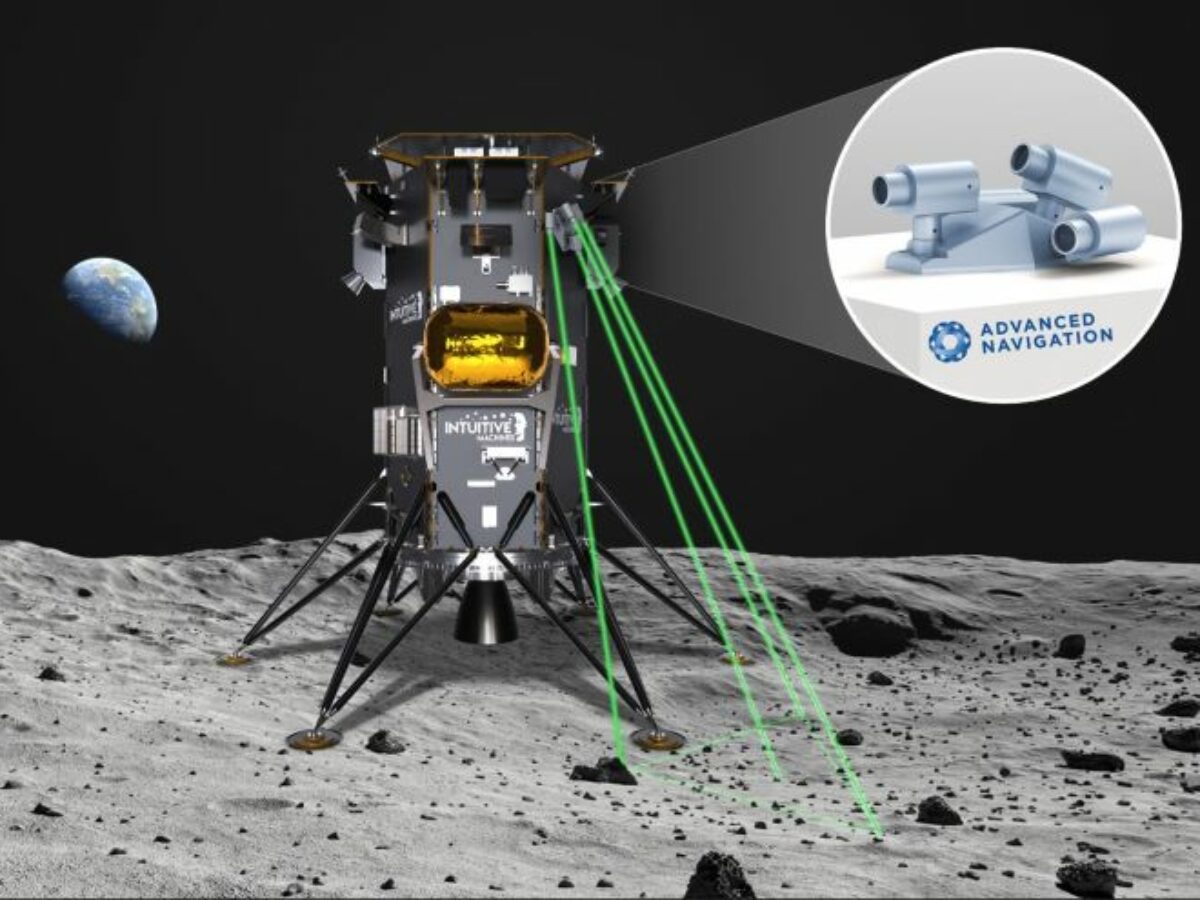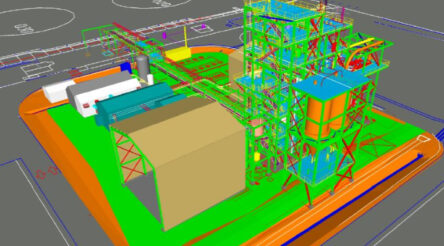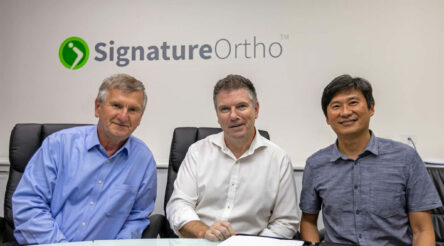Advanced Navigation to ensure safe Australian moon landing

AI robotics and navigation technology company Advanced Navigation, will use an Australian Space Agency grant to accelerate development and production of the company’s Light Detection, Altimetry and Velocimetry (LiDAV) technology.
Supported $5.2 million, Advanced Navigation will deliver a space-qualified LiDAV sensor called LUNA (Laser measurement Unit for Navigational Aid) to US-based space systems company, Intuitive Machines, as part of NASA’s ongoing Commercial Lunar Payload Services (CLPS) programme.
On Wednesday ten grant winners were announced by the Australian Space Agency under the Demonstrator Program of the Moon to Mars Initiative as sharing in nearly $40 million in total support.
Project LUNA will ultimately be demonstrated on board Intuitive Machines’ Nova-C lander during the final descent en route to the lunar surface.
Following this demonstration, Advanced Navigation’s LUNA technology will be offered commercially for integration into landers from 2025-26.
The technology aims to improve the safety and reliability of autonomous landing manoeuvres, enable reliable navigation on the lunar surface, and serve as a catalyst for autonomous space exploration and transportation.
CEO and co-founder of Advanced Navigation Xavier Orr said: “We are humbled the Australian Space Agency has awarded Advanced Navigation a Demonstrator Mission Grant as it represents a pivotal milestone in the company’s trajectory, as we embark to be among the the first Australian technologies to reach the Moon.
“Our work with Intuitive Machines will enhance Australia’s sovereign Space capabilities, further unlock the commercial Space economy, and ignite a new era of innovation as we push the boundaries of scientific discoveries and exploration on the Moon and beyond.”
Acording to the company spacecraft autonomy demanded exceptional situational awareness and relies on multiple navigation technologies for mission success.
Based on more than a decade of research and development at the Australian National University, LUNA represents a breakthrough in commercial extraterrestrial navigation.
“The technology delivers precise three-dimensional velocity and altitude information relative to the lunar surface. When visual references are unavailable and cameras fail due to lack of light, dust and other obscurities, LUNA can serve as a primary navigation input.
“The navigation sensor will ultimately become a crucial technology that will improve the safety and reliability of complex autonomous landing manoeuvres and the confidence with which we can explore the lunar surface.”
Advanced Navigation was previously a recipient of the Moon to Mars: Supply Chain Capability Improvement Grant from the Australian Space Agency.
Outside of the Nova-C Lander, the light weight and performance capabilities of LUNA are well suited for Intuitive Machines Micro-Nova, a mini extreme mobility lunar vehicle also known as a ‘hopper’.
The spacecraft will explore shadowed craters and lava tubes, using LUNA to help it navigate autonomously, regardless of ambient light conditions and lack of access to GPS.
During this project, Advanced Navigation will be collaborating with Australian Astronomical Optics (AAO) at Macquarie University to design, fabricate, and qualify LUNA’s optical head assembly to survive the extraordinarily challenging environmental conditions of space.
Advanced Navigation will also be supported by Australian company Transparent Earth Geophysics, for comprehensive flight test campaigns, and to explore terrestrial applications of LUNA for airborne gravimetry and precision navigation of airborne vehicles when GPS is unavailable or unreliable.
Further Reading:
Almost $40 million in Moon to Mars Initiative grants awarded
Image:
@aumanufacturing Sections
Analysis and Commentary Awards Defence Manufacturing News Podcast Technology Videos










